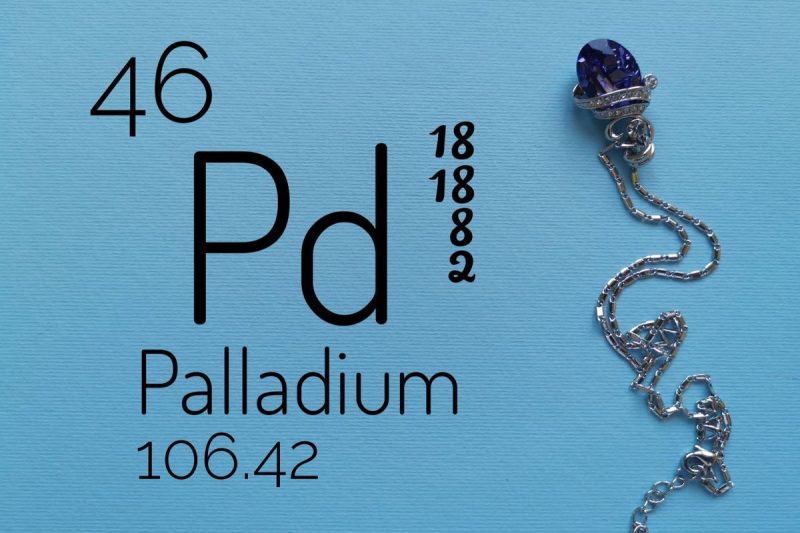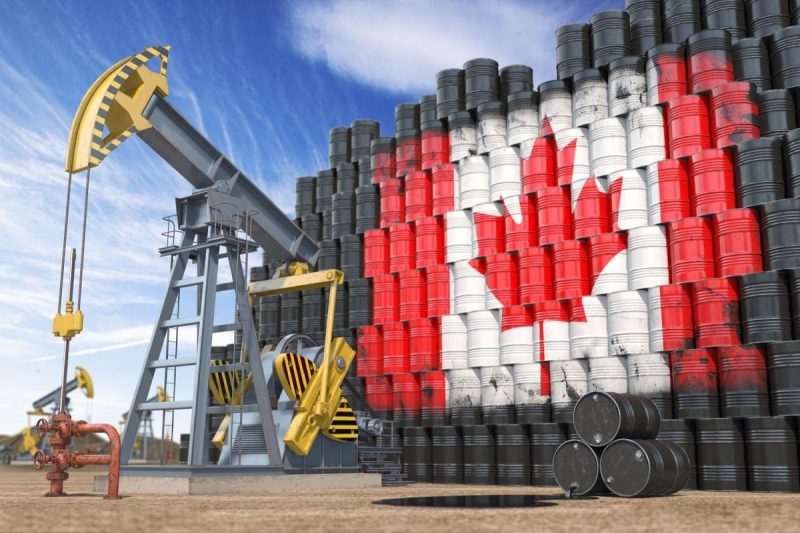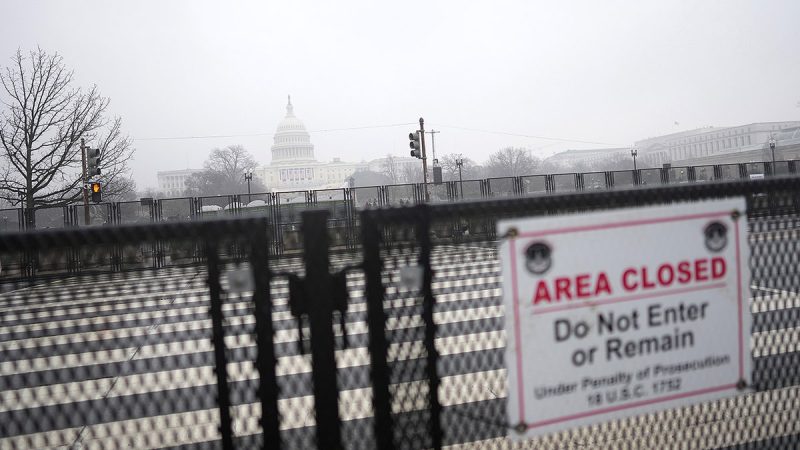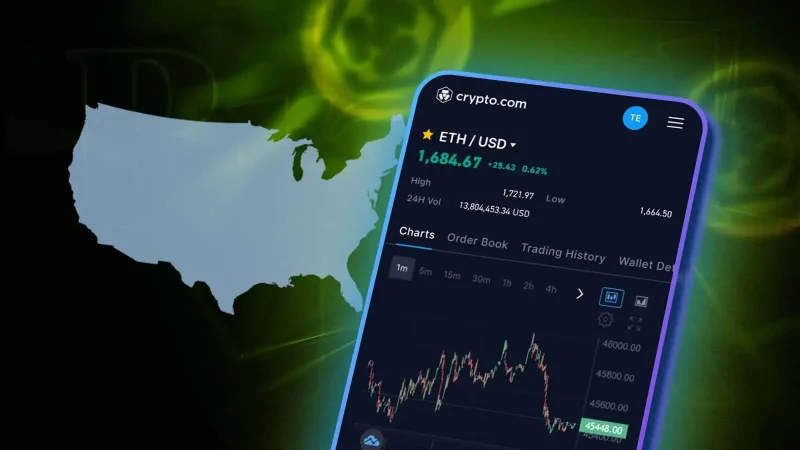Cobalt Price Forecast: Top Trends for Cobalt in 2025
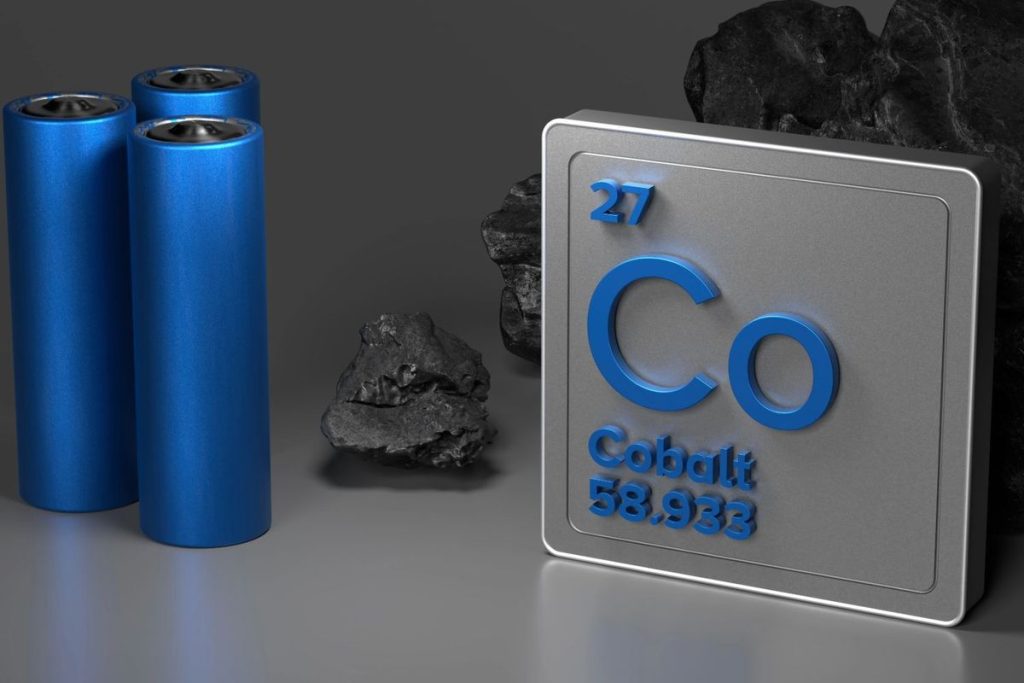
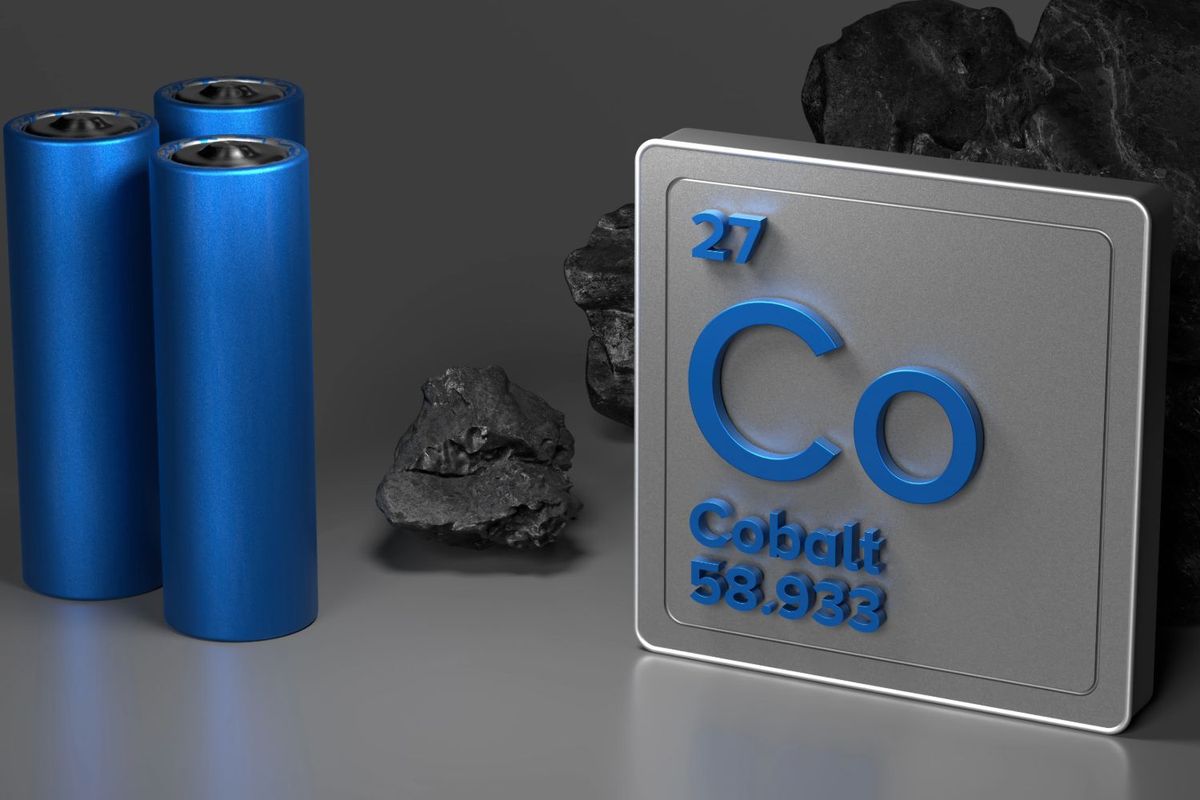
Oversupply and shifting battery chemistries are set to define the cobalt market in 2025. Prices -subdued by excess supply since 2023- are expected to remain stable, with limited volatility.
The rise of lithium iron phosphate (LFP) batteries, particularly in China, continues to suppress demand for cobalt chemicals, challenging sulphate refiners.
Meanwhile, Indonesia’s rapid expansion in mixed hydroxide precipitate (MHP) production offers an alternative to the Democratic Republic of Congo’s (DRC) dominance, though the DRC is expected to remain the primary producer in the near to medium term.
Projected demand growth
Critical minerals have become a key focus of several nations looking to secure their energy transition efforts and fortify domestic supply chains. The cobalt sector’s production concentration in the Democratic Republic of Congo (DRC), makes it even more prone to geopolitical upheaval.
According to the International Energy Agency’s (IEA) 2024 Global Critical Minerals Outlook, the cobalt market has a heightened geopolitical risk rating because 84 percent of production is focused in a singular country.
Despite the current glut, the IEA is also projecting that demand will soar from 213,000 metric tons in 2023, to 344,000 metric tons in 2030 and 454 metric tons in 2040.
This steep uptick has also prompted the IEA to project a potential 16 percent shortfall by 2035.
Although countries like Indonesia and Australia are starting to see growth in their cobalt sector, the DRC will continue to be the dominant player.
“The DRC is going to maintain its position for the foreseeable future, however, Indonesian MHP is rapidly growing as an alternative source of cobalt in the market. In line with this, we’ve seen an influx of cobalt metal from Indonesia becoming more prevalent in recent months, being aggressively marketed by Indonesian producers,” said Aubry.
However, a lack of expansion in the DRC’s cobalt production segment could lead to Indonesia capturing a larger piece of market share this year.
“With CMOC (OTC Pink:CMCLF,SHA:603993) not planning any new expansions this year, it is unlikely we’ll see any significant growth from the DRC in cobalt production in 2025,” he added.
Not only will mined supply be crucial in meeting the IEA’s cobalt growth forecast, refinement capacity will also play an important role.
Australia’s Cobalt Blue (ASX:COB) advanced plans for the Kwinana Cobalt Refinery near Perth, proposing an initial production capacity of 3,000 tonnes per annum (tpa) of cobalt sulphate and approximately 500 tpa of nickel metal. Construction is slated to commence in the first half of 2025, with completion expected within 12 months.
Changing battery chemistries threaten cobalt’s demand outlook
In 2024, record-breaking global EV sales helped solidify cobalt’s critical role in the energy transition. With China spearheading a 40.7 percent surge in EV and hybrid adoption, supported by aggressive pricing and subsidies.
China remained the largest growth market as domestic automakers outpaced foreign rivals.
European sales rebounded from early-year setbacks, with stricter emission penalties set to drive further adoption in 2025.
Despite US market uncertainties, growing EV demand globally will sustain cobalt’s importance, although supply chain challenges and alternative battery technologies may influence its trajectory.
“As LFP becomes increasingly dominant in China, sentiment for cobalt chemicals used in batteries has turned more bearish,” Aubry said. “A downturn in demand may put sulphate refiners under additional pressure, particularly at a time where the current market dynamics already present significant challenges due to prices.”
Rising copper and nickel production bolsters cobalt glut
Another factor that could lead to additional cobalt surpluses is the production correlation with copper and nickel.
A November 2024 Fastmarkets report noted that 76 percent of global cobalt supply comes from copper/cobalt mines in the DRC. The by-product status exposes cobalt to the market dynamics in the copper space.
In 2024 copper production in the region was on the rise to facilitate the energy transition, which in turn weighed on the cobalt market.
“But with cobalt demand remaining decidedly sluggish, copper’s upward trajectory will continue to fuel cobalt oversupply and, combined with the fact that copper production is poised to expand further, this will keep cobalt prices under pressure,” the Fastmarkets report read.
A similar picture is also playing out in Indonesia where cobalt is mined as a byproduct of nickel.
Indonesia’s rise as a cobalt powerhouse is poised to reshape the market, fueled by its booming mixed hydroxide precipitate (MHP) production.
In 2024, the country supplied 10 percent of global cobalt, up from 7 percent in 2023, driven by Chinese-backed investments in nickel laterite ore projects using high-pressure acid leach (HPAL) technology.
Despite weak nickel prices, these projects are ensuring long-term cobalt output growth, with MHP-derived cobalt production projected to rise 17 percent in 2025. Producers are increasingly favoring cobalt metal over sulfate due to higher profitability and easier storage.
Additionally, cobalt from Indonesia may also be immune to US tariffs.
Indonesia’s cobalt metal could potentially enter the US market tariff-free, unlike Chinese cobalt, which faces a 25 percent import tariff,” Fastmarkets reported. “That possibility could raise concerns about shifting global supply dynamics and increase the pressure on cobalt prices.”
Due to these factors Fastmarkets is expecting a continued surplus of 21,000 metric tons in 2025 a slight decrease from 2024’s glut of 25,000 metric tons.
Increased copper and nickel production is driving this trend, but challenges loom. Weak nickel pricing, driven by Indonesia’s rapid growth, is squeezing producers in higher-cost regions like Australia and Canada, threatening project viability.
Meanwhile, geopolitical tensions, trade barriers, and a strong US dollar could further disrupt cobalt flows, especially from Chinese-backed Indonesian operations.
The market’s trajectory will depend heavily on economic conditions, trade dynamics, and evolving technologies, the report concluded.
Ethical supply concerns
As the global mining sector faces increased scrutiny for its extraction practices, the DRC’s cobalt industry has proven to be a focal point for sustainability and social governance concerns.
Child labour at artisanal and small scale cobalt mines in the country has drawn international attention and prompted the US Department of International Labour to establish the Combatting Child Labor in the Democratic Republic of the Congo’s Cobalt Industry (COTECCO program.
In its six years the project has trained 458 stakeholders from government, civil society, and private sectors on combating child labor and introduced tools like ILAB’s Comply Chain to 28 mining entities in Lualaba and Haut-Katanga.
While these are moves in the right direction, the long running attention the DRC’s cobalt sector has faced could be a deterrent to new capital.
“Alternatives to the DRC are likely to become more attractive to investors if it can sidestep other potential pitfalls, such as high refining energy costs. Until a more sustainable supply chain is embedded, or there are more substantial regulations implemented to limit the prevalence of artisanal mining, prices are unlikely to see a premium for sustainably sourced cobalt in the immediate term,” said Aubry.
Trump’s tough tariff talk
Although Indonesian supply may be exempt from current US trade rules, that could change in the near term.
The re-election of President Donald Trump has introduced significant uncertainty into the cobalt market, particularly concerning the future of electric vehicle (EV) policies and potential trade measures.
Market participants have expressed concerns that President Trump may reverse existing EV legislation, notably the Inflation Reduction Act (IRA), which has been instrumental in channeling approximately US$312 billion into US EV production and infrastructure.
President Trump has previously indicated intentions to ‘end the electric vehicle mandate on day one,’ aiming to ‘save the auto industry from complete obliteration.’
Despite these statements, the proliferation of EV manufacturing facilities in predominantly Republican states suggests that any policy reversals could face resistance due to the economic benefits these projects bring to local communities.
Additionally, the possibility of imposing stricter tariffs on Chinese-origin cobalt and EVs is a concern among market watchers and participants.
Securities Disclosure: I, Georgia Williams, hold no direct investment interest in any company mentioned in this article.
